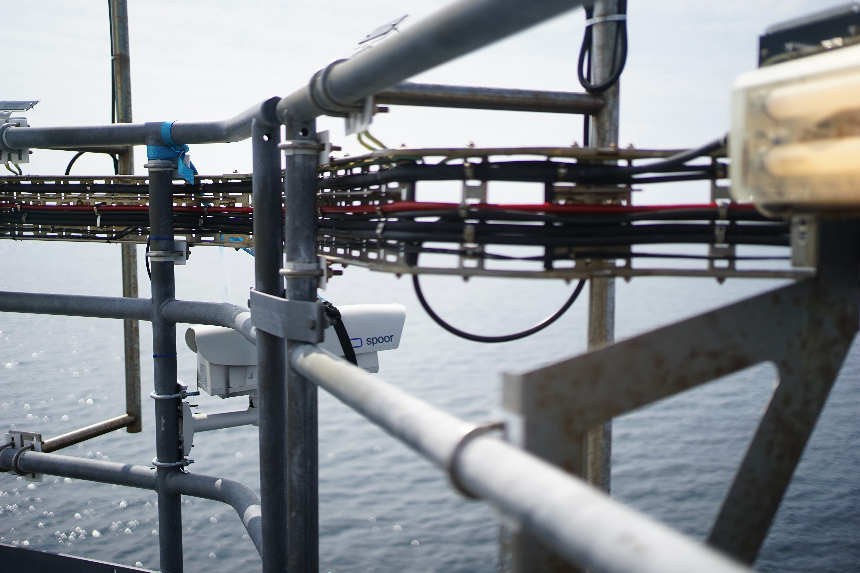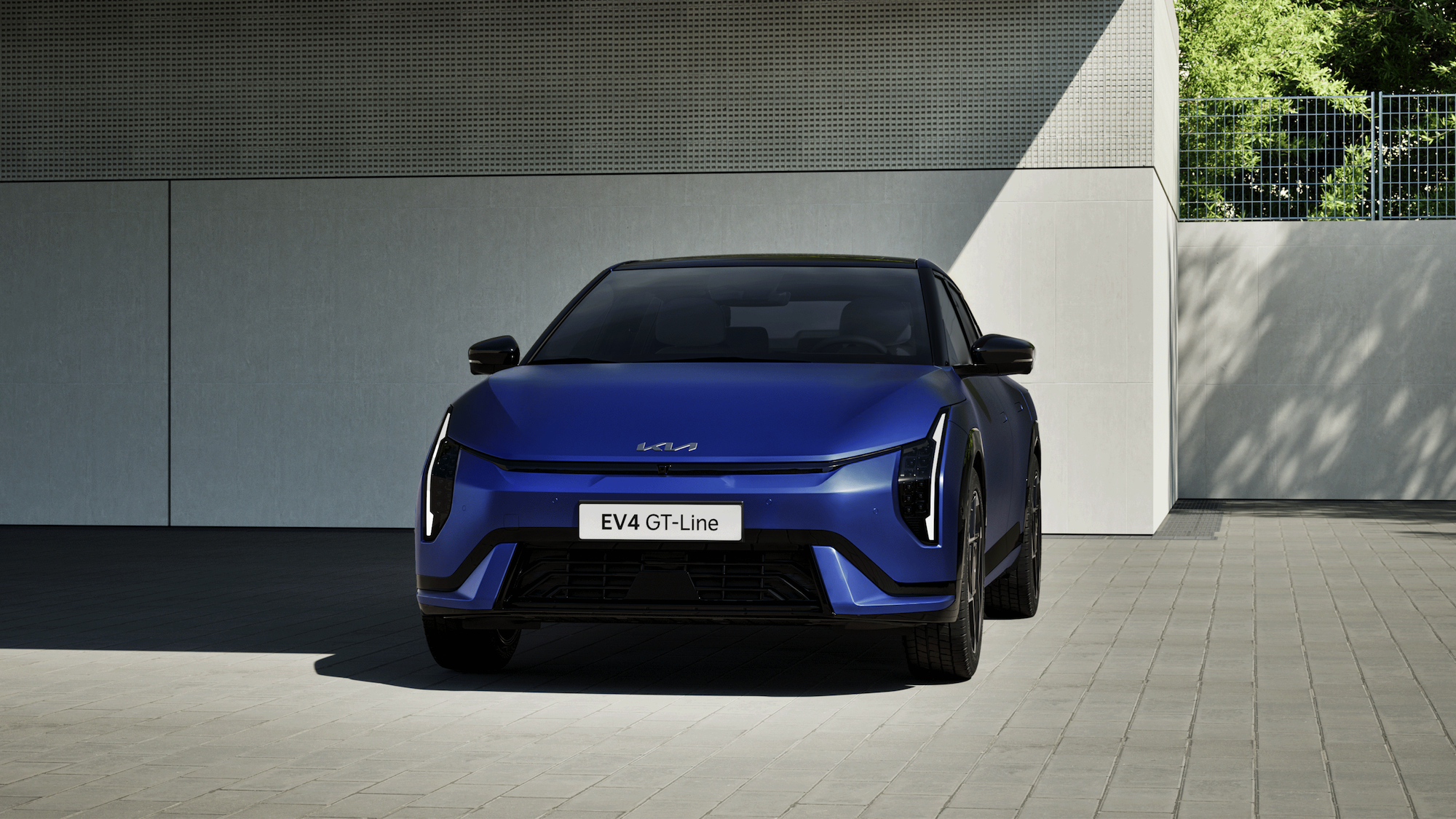
Owning a Tesla comes with a number of handy features and settings, including energy-conserving “Camp Mode.” Tesla’s Camp Mode keeps A/C, heating, and other functionality engaged to create a suitable atmosphere for sleeping in your car without draining too much battery. One Tesla Model S owner recently detailed his positive experience with Camp Mode, following a 19-day road trip during which he primarily slept in his car.
Tesla Model S owner David Craig, 71, recently documented his experiences using Camp Mode on a huge road trip in May with Business Insider. Craig left his home in Southern California in May, driving 19 days and 8,500 miles through Arizona, Texas, Arkansas, Kentucky, and other states. He said that he came to prefer using Camp Mode and sleeping in his 2020 Model S to booking motels, adding that the feature actually removes some travel stress from the trip.
“I always know what I’m getting into when I camp in my Tesla,” Craig told Insider. “Motels are much more risky. I’ve been in some really lousy motels on these road trips in the past.”
Along with keeping A/C, heating, and device-charging ports activated, Camp Mode also lets users listen to music, watch TV, and use lights in their car. Debuted by Tesla in 2021, Camp Mode is one of many road trip-focused features in Tesla’s vehicles that Craig found useful, along with easy navigation to Superchargers, Autopilot, and more.
“With a traditional car you’d have to turn it off, it would get cold and you have to turn it back on,” Craig said. “In my Tesla, the temperature stays perfect and I’m comfortable all night long.”
While he has tried sleeping in the backseat of his Model S, Craig described the front seat as being as “comfortable as a La-Z Boy,” and he even prefers it to the back. Though he initially used an air mattress in the rear seats, he didn’t think it offered enough space. Following the trip, he strongly preferred to recline the front seat and use a pillow to get a good night’s rest.
Craig drove roughly six to 10.5 hours per day, and he didn’t struggle with range anxiety in his Model S, which has an EPA-rated range of about 410 miles. He largely slept at Tesla Supercharger stations (though, he wouldn’t charge the vehicle while sleeping), stopping a few times per day for just 20–30 minutes before stopping for the night to sleep.
The positive review comes following many a horror story from owners of other electric vehicle brands, as many charging networks work to attain Tesla’s reliability and density with the Supercharger network. It also comes after a number of companies and automakers have officially adopted Tesla’s charging port hardware for their own upcoming EVs and charging stations.
To take advantage of the useful Camp Mode like Craig did, however, you’ll have to have a Tesla.
Originally published on EVANNEX.
I don’t like paywalls. You don’t like paywalls. Who likes paywalls? Here at CleanTechnica, we implemented a limited paywall for a while, but it always felt wrong — and it was always tough to decide what we should put behind there. In theory, your most exclusive and best content goes behind a paywall. But then fewer people read it! We just don’t like paywalls, and so we’ve decided to ditch ours. Unfortunately, the media business is still a tough, cut-throat business with tiny margins. It’s a never-ending Olympic challenge to stay above water or even perhaps — gasp — grow. So …




